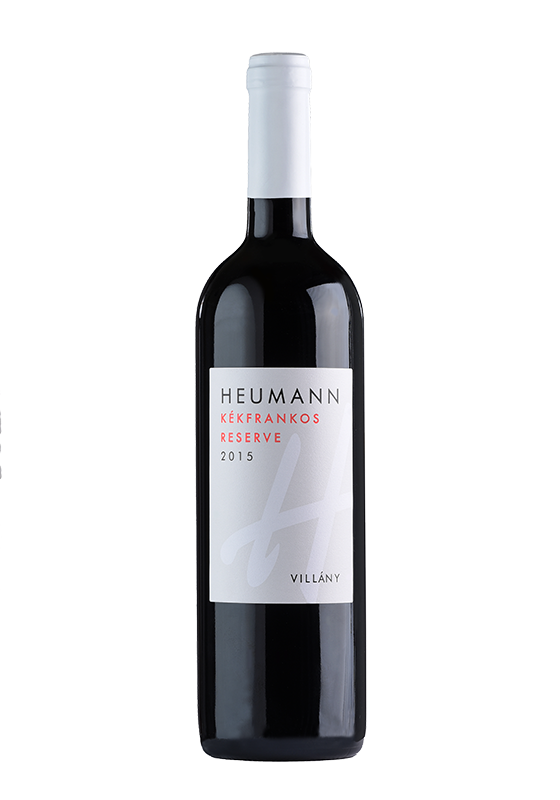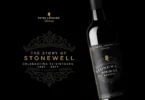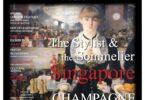Blaufränkisch/Kékfrankos
Posted: 1st Novemeber 2019
I became acquainted with the Central European grape variety Blaufränkisch at the beginning of the nineties, when I was working on my first book on Austrian wine. It was Austria’s most prestigious black grape and naturally they were plugging it for all its worth. I went sucking and spitting from estate to estate in Mittelburgenland where some of the wines struck me as being like decent cru bourgeois claret, while others were rather dried out and hard. The problem, it seemed to me, was a certain fragility of fruit. The simplest were the best. If you put the wines into small oak, particularly new barriques, they suffered. The best way to proceed was to age the wine in large tuns, and not for too long, but in those days small oak was the emperor’s new clothes – Austrians couldn’t get enough of it.
There were exceptions, and they were principally on the Leitha Hills where Engelbert Prieler made exquisite, silky, Burgundian-style Blaufränkisch wines on his Goldberg site, and down on the western side of Lake Neusiedl, where Ernst Triebaumer, in particular, was justly famous for his Mariental wines. In most cases I had to say Blaufränkisch needed a friend: another grape variety that could give it the velvet texture and fruit that it otherwise lacked. The Zweigelt grape variety – invented by the politically suspect Friedrich Zweigelt – was just that: a crossing of Blaufränkisch with the fruity St Laurent, and providing you weren’t too greedy, it was capable of producing very attractive wines. There were other successful blends too, particularly in the Seewinkel on the other side of the lake, where Merlot, Cabernet, Syrah and Younameit were combined with Blaufränkisch to provide what were often spectacular results.
“But Austrians persisted with oaking up their Blaufränkisch wines, often to horrendous effect. I have painful memories of some of these coming under my nose in the years I judged the country’s main wine competition: the Salon, and again during the ten years I was in charge of the Austrian jury at the World Wine Awards. With time I learned to take the back seat, as others liked the wines more than I did. I let them decide if any top medals were to be awarded for Blaufränkisch: wine is a matter of taste, and our tastes fortunately vary.”








